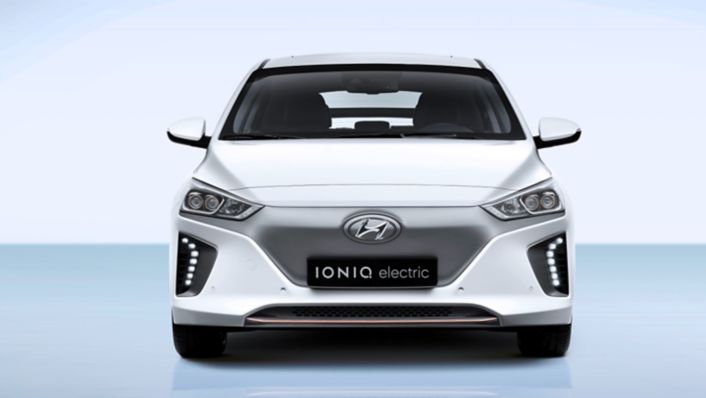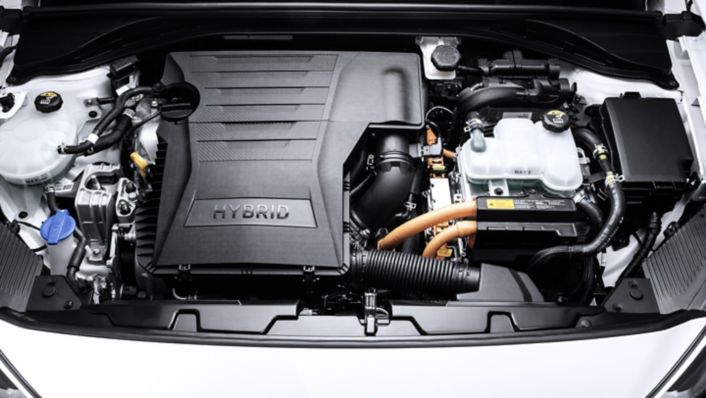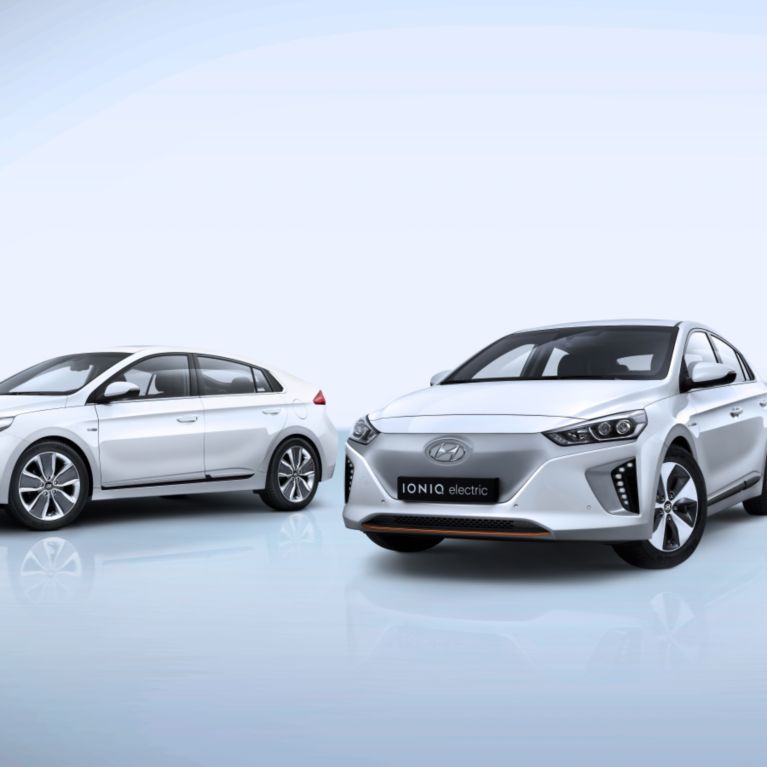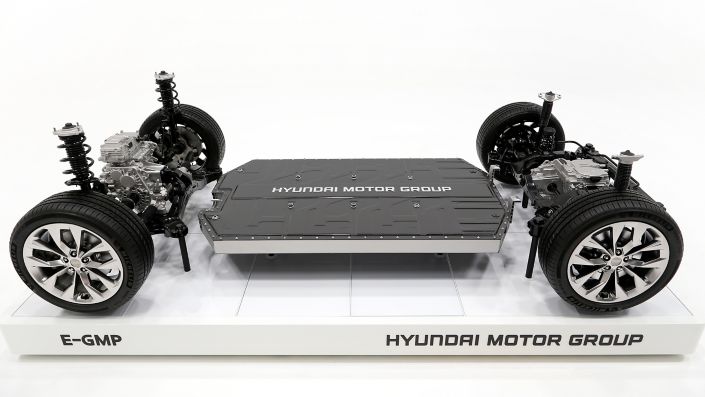Electric car technology has come a long way in recent years, but many people remain unaware of the different types of electric vehicle available. Let us explain…
Innovative electric car technology is helping to create a sustainable future, without losing the driving experience we all love. Many people, however, remain uncertain of what the difference is between the types of electric vehicle.
To clear up the matter, and ensure you are informed before purchasing the latest Electric, Hybrid or Plug-in car, we’ve taken a closer look at the different types of electrified vehicle and the technology that is helping to reduce emissions and support the future of our world.
To clear up the matter, and ensure you are informed before purchasing the latest Electric, Hybrid or Plug-in car, we’ve taken a closer look at the different types of electrified vehicle and the technology that is helping to reduce emissions and support the future of our world.

Types of electric car technology
Battery
A Battery Electric Vehicle (BEV or EV) only includes a battery and does not have an internal combustion engine (ICE). This offers the most sustainable driving experience and means no carbon dioxide is released (there isn’t even an exhaust pipe).
The vehicle must be plugged in to an external power source to recharge the battery, but it can also draw some power from the braking system. Regenerative braking converts a vehicle’s kinetic energy into a form that can be stored until needed. This reduces friction in the braking system and contributes to the overall efficiency of the car.
BEVs can be charged through a normal outlet in your home, but need a higher voltage for fast charging and must be plugged in to a dedicated charging unit for this. Modern BEVs have greatly improved the range they can achieve without harming the driving experience.
With its reduced emissions and noise, and with a need for easy charging locations, the battery electric vehicle tends to be best suited for everyday use; the work commute, school run, short trips etc.

Hybrid
A Hybrid Electric Vehicle (HEV) includes an ICE, an e-motor and an electric battery. At low speeds the car will use the electric motor, but when the driver puts their foot down and more thrust is required, the internal computer will switch to the combustion engine.
As well as being able to change from one power source to the other, in situations when more thrust is required, for example when climbing a steep hill, both systems work together simultaneously to maintain fuel economy.
The car does not have to be plugged in to an external power source to recharge the battery. Instead, electric energy is generated through regenerative braking, innovative electric car technology that draws power from the braking system. The electric motor is used as a generator storing the captured energy in the battery and provides extra power during acceleration.
Electric vehicles are as suited to road trips as any conventionally-powered vehicle. A HEV offers full range with the added bonus of reduced fuel consumption and emissions.

Plug-in
A Plug-in Electric Vehicle (PHEV) is the best of both worlds of EV and HEV, as it includes a combustion engine, e-motor and a battery, but it is ultimately different because it can use the electric motor or the ICE to power the car. This allows for a more sustainable and energy-saving driving experience.
The internal combustion engine is a vital part of a PHEV because when the car reaches a pre-set state of charge (SOC), the vehicle will enter a charge sustaining mode. When the battery is low, you can drive with the combustion engine like a conventional car. The ICE powers the wheels as normal while regenerative braking will supply power to recharge the electric battery. This extends the overall range of the vehicle.
Although Plug-in Electric Vehicles use the innovative method of regenerative braking detailed above, the main method of recharging the battery is through plugging the car in to an external power source.











